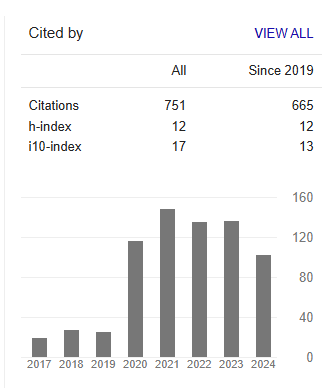Structural and Functional Prediction of the Hypothetical Proteins from Pseudomonas Aeruginosa PA7
Abstract
Ummi Shahieda Lazaroo, Zurrein Shah Lazaroo, Ummu Sakinah binti Fais and Suresh kumar
Background & Aim: Pseudomonas aeruginosa is the most frequently isolated bacterium among those gram negative rods that are obligated aerobes. It is one of the important opportunistic human pathogens, causing severe chronic respiratory infection in patient with underlying conditions such as cystic fibrosis (CF) or bronchiectasis. The emergence of multi-drug resistance Pseudomonas aeruginosa strain in clinically isolated demands the development of better or new drugs against this pathogen. The study is to assign a precise function to hypothetical protein (HPs), whose functions are unknown.
Materials and Methods: With the help of various bioinformatics tools, the extensive functional analysis of these hypothetical proteins was performed. This study combines a number of bioinformatics tools including Blastp, Pfam, InterProScan, SMART, PSLPred, CELLO, Signal Peptide, Expasy’s ProtParam tool, VirulenPred, VicmPred to gain information about the conserved regions, families, pathways, interactions, localizations and virulence related to particular protein.
Result: The hypothetical proteins present in Pseudomonas Aeruginosa PA7 genome was extensively analyzed and annotated, out of 1350 hypothetical proteins, 25 proteins are catalytic domains, 31 proteins are enzymes, 46 proteins are integral membrane proteins, 72 proteins are transporters, 104 proteins are binding proteins, 404 proteins sequences contain a domain of unknown function (DUF), and 540 proteins cannot be functionally determined by any of the tools.
Conclusion: Better understanding of the mechanism of pathogenesis and in finding novel therapeutic targets for Pseudomonas aeruginosa.



